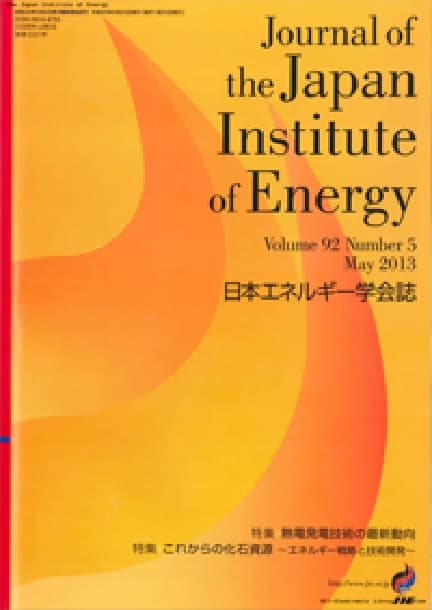A Study of HCCI Combustion Using FT-IR Gas Analysis and Spectroscopic Measurements
Go EMORI, Yasuhide ABE, Yuma ISHIZAWA, Akira IIJIMA, Koji YOSHIDA, Hideo SHOJI
pp. 536-541
DOI:
10.3775/jie.93.536Abstract
In the present study, in-cylinder spectroscopic measurements and Fourier-transform infrared analysis of the exhaust gas were used to investigate combustion characteristics under a condition where supercharging was applied to moderate rapid combustion in a test HCCI engine until misfiring occurred. A chemical kinetic simulation was also performed to analyze the combustion reactions at the elementary reaction level. The results showed that rapid combustion was moderated by the leaner mixture that resulted from supercharging. Formaldehyde (HCHO) produced during the cool flame was subsequently consumed during the main combustion period and carbon monoxide was produced, which was then oxidized to form carbon monoxide. It was observed that a larger quantity of HCHO was produced when misfiring occurred. The experimental results obtained thus made it possible to analyze the HCCI combustion process from the occurrence of low-temperature oxidation reactions to the main combustion period.
Readers Who Read This Article Also Read
Journal of the Japan Institute of Energy Vol.93(2014), No.5
Journal of the Japan Institute of Energy Vol.93(2014), No.10
Journal of the Japan Institute of Energy Vol.92(2013), No.1










